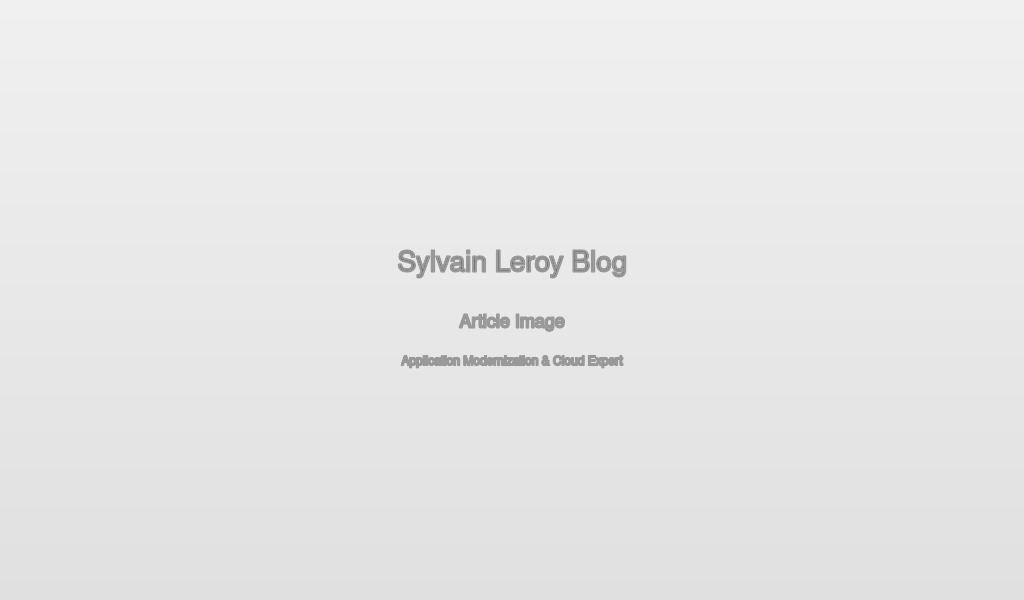Cloud Solution Architect and software modernization strategist with 20+ years of experience leading legacy-to-cloud transitions and helping businesses evolve through technology.
At AWS, I specialize in complex migrations and application modernization at scale (AWS/GCP certified). My background spans startups, scaleups, and large enterprises in industries like banking, insurance, SaaS, and telecom—always bridging business vision with sustainable technical execution.
Beyond hands-on architecture, I collaborate directly with business leaders and C-levels to shape roadmaps, structure teams, and ensure technology directly supports growth and innovation.
I founded Byoskill, a boutique consulting practice, and co-lead OnlyWine.ch, blending wine culture, digital innovation, and storytelling. Currently based in Switzerland, I’m open to strategic CTO, IT Management, or advisory roles where I can bring together vision, leadership, and technical excellence to scale impactful software businesses.
What I bring to your organization:
- Cloud Architecture, Migration & Cost Optimization (AWS/GCP)
- Legacy Modernization & Automated Refactoring (Java, Node.js, PHP, C++, Python)
- SaaS Platform Development & Secure Systems Design
- Disaster Recovery, High Availability (PostgreSQL, Patroni)
- Fractional CTO Support for Software Editors & Entrepreneurs
- C-Level Collaboration & Technology Roadmap Planning
- Team Structuring & Technical Leadership
- Microservices Architecture & Enterprise Integration
- DevOps, CI/CD & Infrastructure as Code
- Strategic Technology Advisory & Business Alignment




